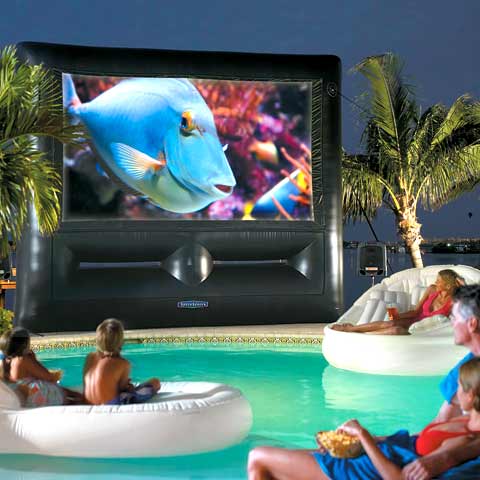Mirweis recently pointed me on this paper: THE DESIGN AND ANALYSIS OF SOCIAL-INTERACTION RESEARCH by David A. Kenny taken from the Annual Review of Psychology, Vol. 47: 59-86 (Volume publication date February 1996) .
Static models of interacting persons measured at the interval level are reviewed. A discussion of the fundamental sources of variance and key design decisions in social-interaction research is presented. Outlined are the basic designs for social-interaction research and their proper analysis. Multilevel modeling is likely to become the most common data analysis method. Critical issues unique to social-interaction research are examined, particularly the effect of the partner on the interaction actor. Finally, illustrations of analyses from four extended examples are presented.
Why do I blog this? I believe that social psychology methodologies like the one described in this paper cn be fruitfully applied to research about interaction analysis in HCI. This paper is also interesting in the sense that it deal with triad analysis which is the case of CatchBob!
When the group has three or more members, there are several important complications to consider beyond the scope of dyadic research. These complications are only sketched here. The first concerns whether the measurement is triadic. When persons i, j, and k are in a group, does person i separately interact with or rate both j and k, and is i's behavior measured for all of those interactions?
A second issue in triadic research is the meaning of the group effect. In dyadic research, the group effect is defined as the effect over and above individual-level effects of actor and partner. In triadic research, a group effect can be defined as an effect beyond both individual and dyadic effects. In triadic research, there are then three levels of effects: the person, the dyad, and the triad.
A third issue concerns design. Does person i interact with person j only when k is a member of the group, or does person i interact with j, k, m, and so on? The issue is whether all possible triads or just a subset is formed.



 Paper about it: Holger Schnadelbach, Boriana Kolvea, Martin Flintham, Mike Fraser, Paul Chandler, Malcolm Foster, Steve Benford, Chris Greenhalgh, Shahram Izadi and Tom Rodden. The Augurscope: A Mixed Reality Interface for Outdoors. In: ACM Conference on Computer-Human Interaction (CHI'02), pages 9--16. ACM Press, April 2002.
Paper about it: Holger Schnadelbach, Boriana Kolvea, Martin Flintham, Mike Fraser, Paul Chandler, Malcolm Foster, Steve Benford, Chris Greenhalgh, Shahram Izadi and Tom Rodden. The Augurscope: A Mixed Reality Interface for Outdoors. In: ACM Conference on Computer-Human Interaction (CHI'02), pages 9--16. ACM Press, April 2002.
 There are also cool videos
There are also cool videos  Why do I blog this? such kind of controller is incredible, however it's really disruptive and not really cool in terms of liberty: nothing would prevent us against spam!
Why do I blog this? such kind of controller is incredible, however it's really disruptive and not really cool in terms of liberty: nothing would prevent us against spam!




 Maybe they should complete it with nice project I saw at
Maybe they should complete it with nice project I saw at 
